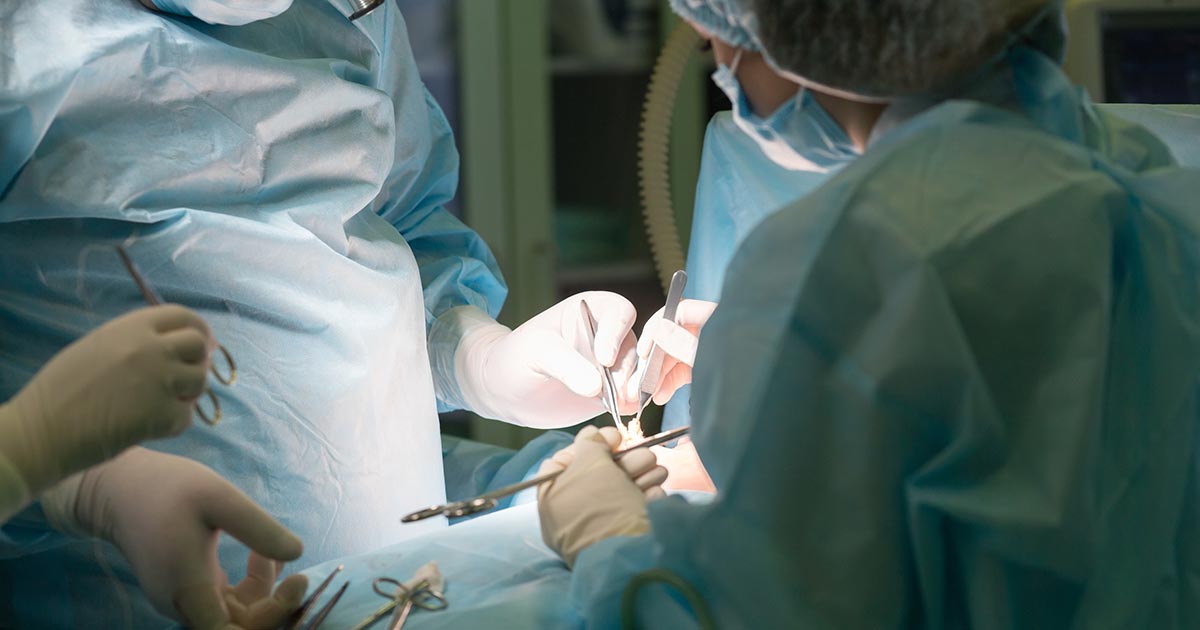How To Treat And Cope With Takayasu's Arteritis
Bypass Surgery

If the doctors can't control inflammation with medication, they may need to opt for surgery. Bypass surgery is for patients whose Takayasu's arteritis has become life-threatening because their carotid arteries have become too narrow because of the inflammation. The carotid arteries are found in the neck and bring blood to the brain. If these arteries are blocked, it can result in a stroke. The surgery is formally called aorto-carotid bypass. During the surgery, the doctor creates a bypass out of a graft taken from the patient’s saphenous vein, which is found in the leg, or a graft made out of polytetrafluoroethylene or Dacron. The graft connects the carotid artery to the aorta, which enters and arches over the heart.
Aortic Valve Surgery

One complication of Takayasu's arteritis is called aortic valve regurgitation, which happens when the valve in the aorta doesn’t close as completely as it should, causing blood to leak or flow backward. Eventually, this can result in heart failure. During the surgery, the doctor takes away the damaged valve and replaces it with a new valve taken from a pig, cow, or cadaver. Sometimes, the doctor uses the patient’s pulmonary valve. An artificial valve can also be used in aortic valve surgery. A patient who has a biological valve will need to have it replaced in the future since it will inevitably break down. A patient who has an artificial valve will need to take anticoagulant medications for the rest of their life to guard against blood clots.
